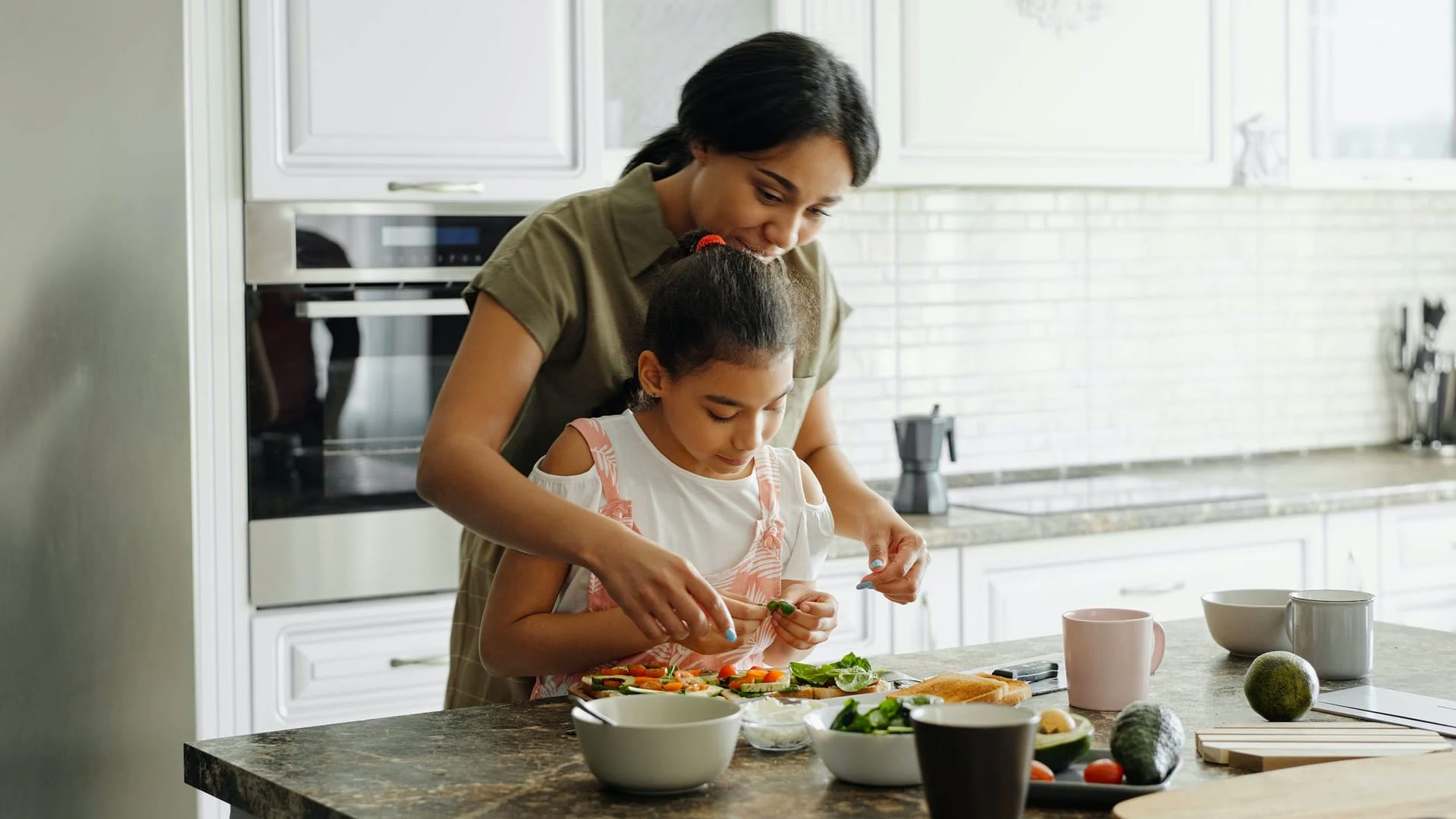Don’t blink or you’ll miss the latest changes in pandemic-related food and beverage habits. But one thing remains certain: Brands need to diversify how consumers can buy their products. Those that are best able to be nimble among ecommerce channels, foodservice/B2B and retail grocers will succeed, while those that falter will lose to private label and other small startups that can shift in real time.
What else should brands pay attention to?

Earlier this summer, Ketchum conducted the first-of-its-kind Brand Reckoning 2020 survey of nearly 4,000 Americans, helping brands get the real scoop on a range of key COVID-era issues, including cooking habits at home. We saw pantry stockpiling happening early on, then nostalgia for mainstay food and beverage brands—and then, when those became harder to find, the explosion of private labels. Now we’re into the elaborate culinary phase where yeast sales are up 600% as more people experiment with higher-level recipes.
Our survey found the majority of Americans are cooking at home (88%) and baking at home (72%) more often as a result of COVID-19—providing a real window of opportunity for cooking and baking brands to connect with consumers and add value. However, as the country reopens, the window is closing, both for the mainstay consumer cooking and baking brands we know and love as well as the up-and-coming startups and private label makers. Respondents agree that their cooking and baking activity will decline within the next year (cooking at home by 15% and baking at home by 30%).
Other signs from our research that suggest the at-home cooking and baking window may be closing: 51% of Americans are ordering takeout and delivery more often than at the start of the pandemic, and 55% expect this behavior to continue in the next year. Yet, for those willing to venture out in the world, survey respondents felt it would take five months before they feel comfortable returning to restaurants, while 92% felt grocery stores—a key retail destination for at-home cooking and baking ingredients—could be trusted to provide a safe experience. These contrasting dynamics indicate that the window is real, but the clock is ticking.
The next six months are crucial for food and beverage brands to break through and capitalize on this closing window. Here are three considerations for brands looking to maximize the at-home cooking and baking window:
- Mix in Your Influencers: Brands should be carving out a few thousand dollars a month of remaining annual budgets for PR and targeted content plays with influencers in the cooking and baking space, delivering brand-driven recipe and culinary trends and techniques to earned media outlets in order to get coverage.
- Understand Your Shifting Audience: Our study identified four unique consumer personas, defined along two axes: change in values and readiness to reengage. Of these personas, Open-Minded Explorers (those who have new priorities as they return to a world reopening) are significantly more likely to bake at home since the start of COVID-19 (82%). Understanding your audiences—and how they are evolving—will allow you to create target-right content that will resonate.
- Shift to Virtual. Baking and cooking inspiration is coming from lots of places, so don’t just rest on the tried and true media relations tactics. Get comfortable with Instagram Reels, putting your innovations in a contactless pitch box for earned media friendlies, shoppable functions in social or even taking part in one-on-one speed unveils with news editors. Our team is all about testing and learning to see what sticks with earned media—and often, what sticks changes by the week.
As kitchen fatigue goes up and the window for increased at-home cooking and baking gradually closes, brands should take action now. Ketchum’s food and beverage team—including Cultivate, our boutique agency within Ketchum for up-and-coming brands—can help you navigate these opportunities quickly and cost-effectively.
Reach out—we’re here to help!


